Next Tri-City Amateur Radio Club meeting
7:00pm Monday, Nov 3, 2025
Confluent Makerspace
285 Williams Blvd
Richland, WA
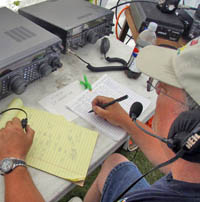
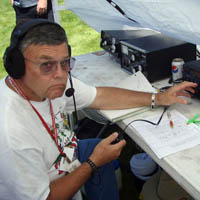
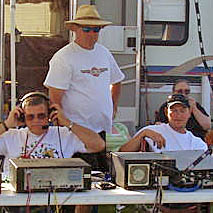
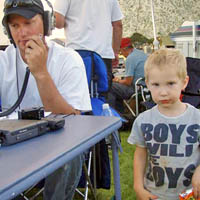
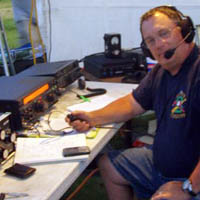
Should I add some grounding to my initial setup (pwr supply, transceiver, attic (mobile) antenna) or rely on the grounds that are built into the components when all hooked up properly?
It seems to me initially anyway and in today's electronics that things are pretty well setup right out of the box that if hooked up per instructions should be correctly grounded as long as the wall plug ground prong is hooked up as well.
If any additional grounding is needed, do you have any recommendations for avoiding ground loops?
Thanks,
Mike
Another good question. Best
Another good question. Best practice would be to "properly" ground the antenna and equipment, but honestly, for VHF/UHF equipment hooked to an attic or relatively low outdoor antenna, 90% of hams don't bother as the risk is low here in eastern Washington anyway. The 10% of hams that do, most do it as part of a larger ham station. For example, our station has a 75 ft tower and antenna array attached, which is the highest point around, so yes we have an extensive ground system, lightning arrestors, and have had and survived lightning strikes.
The big problem is improper grounding, which can make things worse, not better. The danger is having a separated station ground from house electrical system. A lightning strike, even if it only hits the ground, creates a voltage gradient in the dirt and objects around it. You can get a million volt difference in potential (voltage) between two ground rods 10-20 feet apart as the lightning bolt discharges its energy. So too many hams just drive in an 8 ft ground rod by the station room, and hook the equipment and antennas to that. But the power plug ground is hooked to the electrical ground rod system 10-50 feet away, putting a few hundred thousand amps (driven by that 1 million volt gradient) through the #14 ground wire in your walls. Never mind the destruction of your equipment, your house burns down. National Electrical Code solution is bonding of electrical system ground, any towers or antennas, and the station ground. Our station uses buried #2 copper plus 2 inch wide copper strap (lower inductance for the higher frequency components of the lightning strike).
73 Steve WA7DUH
Excellent, thank you for the
Excellent, thank you for the insight. I'll make a note of that in my virtual spiral notebook and for now stick with the grounding that comes with the components and their instructions.
Thanks,
Mike